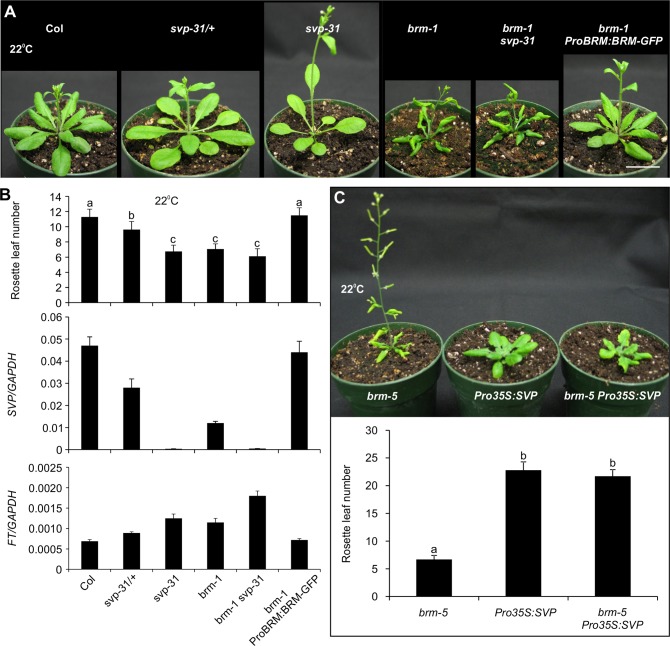Figure 6. BRM represses flowering mainly through regulating SVP transcription.
(A) Comparison of flowering phenotypes of plants with various genetic backgrounds shortly after bolting. For direct comparison, pictures of wild-type and brm-1 ProBRM:BRM-GFP, svp-31 /+ (heterozygous) and svp-31, and brm-1 and brm-1 svp-31 were taken at the same age, respectively. All plants were grown at 22°C under long-day conditions. Scale bar: 2 cm. (B) Reduction of SVP expression is associated with the early flowering of brm-1 at 22°C. Top panel: rosette leaf number at bolting of plants in different genetic backgrounds. Error bar indicates standard deviations from at least 20 plants. Lowercase letters indicate significant differences between genetic backgrounds, as determined by Post-hoc Tukey’s HSD test. Middle panel: expression analysis of SVP. Bottom panel: expression analysis of FT. The expression of SVP and FT was calculated relative to that of GAPDH. Error bars indicate standard deviations among three technical replicates from one representative experiment. (C) Overexpression of SVP rescues the early flowering phenotype of brm mutant. Top panel: flowering phenotype of brm-5, Pro35S:SVP and brm-5 Pro35S:SVP plants grown for five weeks at 22°C under long-day conditions. Scale bar: 2 cm. Bottom panel: rosette leaf number of brm-5, Pro35S:SVP and brm-5 Pro35S:SVP plants at bolting. Lowercase letters indicate significant differences between genetic backgrounds, as determined by Post-hoc Tukey’s HSD test.

